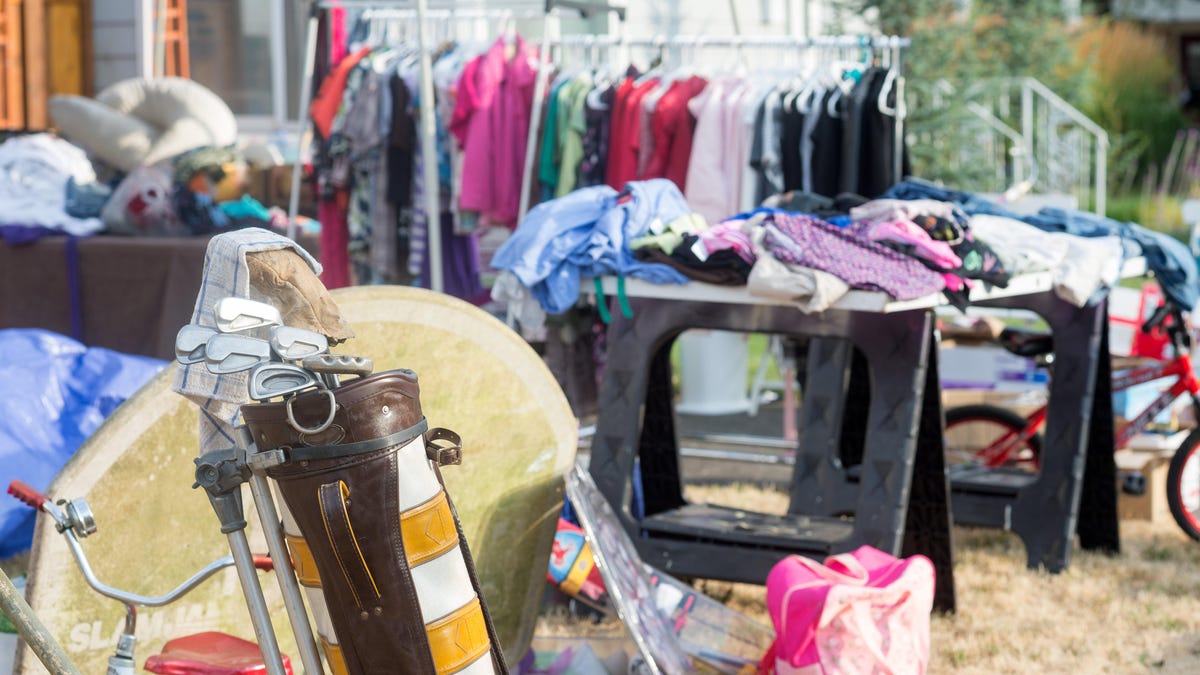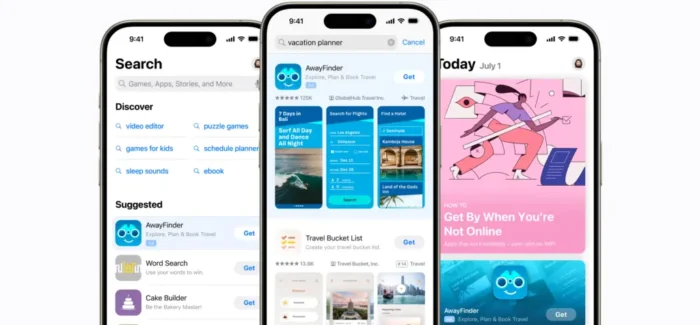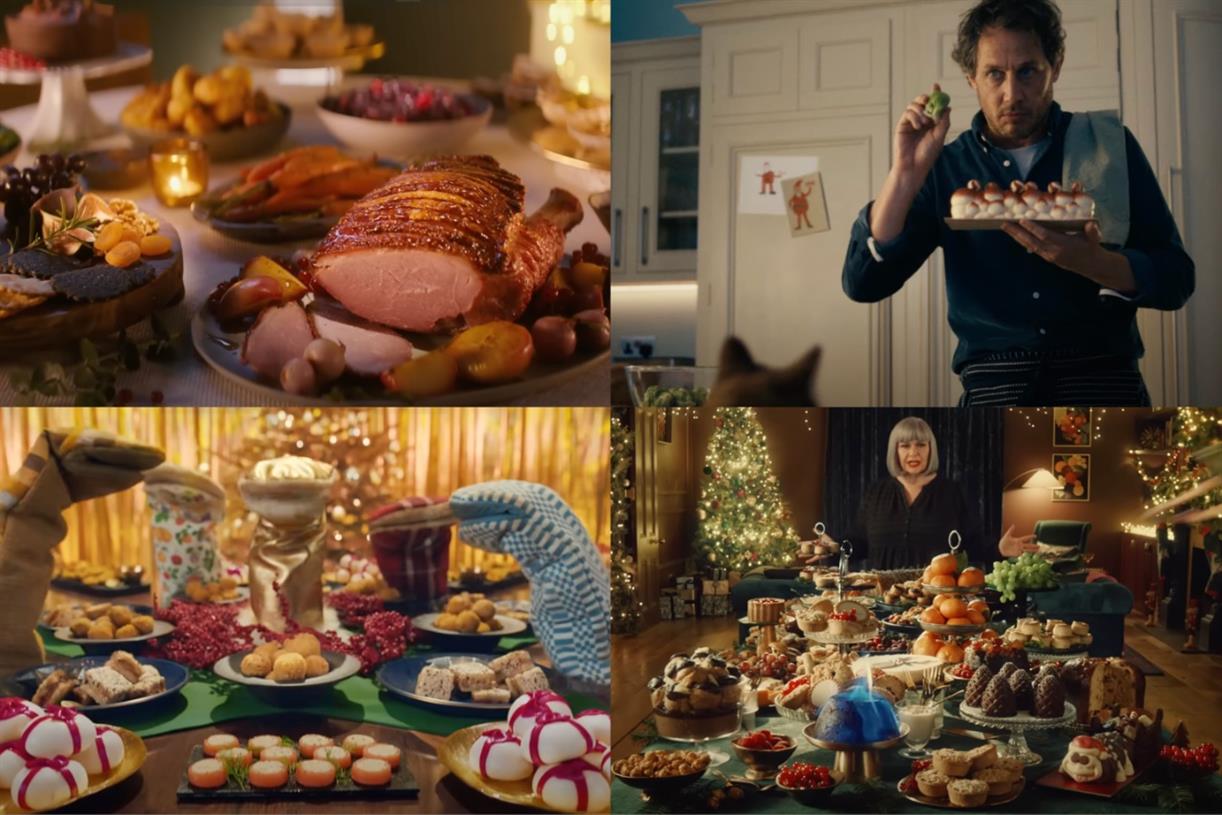Never Buy These Things at a Yard Sale
At this time of year, yard sales and flea markets are in full swing. Not only do they offer the opportunity to pick up myriad items at reasonable prices and score some unique vintage finds, but buying secondhand is...


Photo: Jamie Hooper (Shutterstock)
At this time of year, yard sales and flea markets are in full swing. Not only do they offer the opportunity to pick up myriad items at reasonable prices and score some unique vintage finds, but buying secondhand is (usually) a more sustainable way of shopping.
That said, there are certain things that you shouldn’t buy when you see them at yard sales, flea markets, rummage sales and/or thrift stores. Here’s what to know.
Items not to buy at yard sales
Most of the items on this list are there for health, hygiene, and safety reasons, and apply if you’re planning on using them for their original purpose. In other words, if you’re buying something with the intention of upcycling it, these guidelines don’t necessarily apply.
Car seats
It’s common to see products designed for babies and younger children—like car seats—at yard sales, because at some point, no one in the household is able to use them. But for the most part, buying car seats at yard sales or flea markets is not a great idea.
Because their parts (especially any made of plastic) deteriorate over time, car seats come with an expiration date, typically six to 10 years after the date they were manufactured. Plus, once they’ve been in an accident, they shouldn’t be used again.
Even if you do find a car seat that hasn’t yet expired and you know where it’s coming from (and that it hasn’t been in an accident), make sure that it comes with its registration card, so you can find out if it has been recalled for any reason.
Nonstick cookware
Unless it is brand new and shows no signs of peeling or scratches, skip the nonstick cookware at yard sales.
Anything with mold
Whether it’s furniture, clothing, books, or housewares, it’s best to leave behind anything with visible mold or mildew, and/or a musty smell.
Cribs
According to the Consumer Product Safety Commission (CPSC), cribs more than 10 years old or that are broken or have been modified should no longer be used. This is because they pose a safety risk if there are gaps between loose components or broken slats, as the baby could fall through them while their head remains inside the crib.
Makeup
It’s one thing if you find a vintage Art Deco powder container with remnants of the original product that you plan to display and never actually use. But in general, buying secondhand or older cosmetics should be avoided. If the products are open and/or used, skip those for sanitary purposes. And either way, makeup has a short shelf-life (usually around 12-18 months), so it’s likely expired.
Bicycle helmets
Whether made for children or adults, bike helmets aren’t an item to purchase secondhand. Like car seats, they should not be used after being in an accident. Plus, as the Bike Helmet Safety Institute points out, older helmets may not be up to current safety standards.
Baby gates
Thanks to the usual wear and tear, used baby gates are often missing crucial components, like springs, and may no longer be safe to use.

 Fransebas
Fransebas 































